How to make Double Concentrated Tomato Paste?
Double concentrated tomato paste is a widely used ingredient in food preparation, known for its intensified flavor and reduced moisture content compared to standard tomato paste.
Types of Tomato Paste
Tomato paste is categorized by its concentration level, which refers to the proportion of tomato solids after water removal. Standard tomato paste typically contains around 24-30% tomato solids, while double concentrated tomato paste achieves a higher concentration, often ranging from 36% to 40% tomato solids. This increased concentration results from additional processing steps that further reduce water content. Other variants include triple concentrated tomato paste, which has an even higher solid content, but double concentrated remains a common choice for its balance of flavor intensity and usability.
Production Methods
The production of double concentrated tomato paste involves several stages to ensure quality and safety. First, ripe tomatoes are harvested, washed, and sorted to remove impurities. The tomatoes are then crushed and heated to break down cell structures, which aids in juice extraction. This mixture is passed through pulpers and finishers to separate seeds, skins, and other solids, resulting in tomato puree.
Next, the puree undergoes concentration through evaporation. In industrial settings, this is typically done using vacuum evaporators, which lower the boiling point to preserve flavor and nutrients. The puree is heated under reduced pressure to remove water, increasing the tomato solid content. For double concentrated tomato paste, this evaporation process is extended to achieve the desired concentration level, often monitored with refractometers to measure soluble solids.
After concentration, the paste is homogenized to ensure a smooth texture and then pasteurized by heating to eliminate microorganisms. It is finally packaged in aseptic containers, such as cans or tubes, to maintain shelf stability. The entire process adheres to food safety standards, including hygiene controls and temperature management.
Applications
Double concentrated tomato paste is utilized in various culinary contexts due to its robust flavor and thick consistency. It serves as a base for sauces, soups, and stews, where it adds depth without excessive liquid. In baking and marinating, it can enhance color and taste. To use double concentrated tomato paste, it is often reconstituted with water or other liquids to achieve the desired consistency, following recipe guidelines. Its concentrated nature allows for smaller quantities to be used compared to standard tomato paste, making it efficient for large-scale food production and home cooking.
Comparisons with Other Tomato Products
When comparing double concentrated tomato paste to other tomato products, key differences emerge in concentration, flavor, and usage. Standard tomato paste has a lower solid content and milder taste, requiring larger amounts for similar flavor impact. Tomato puree, which is less concentrated, contains more water and is often used as a liquid base. Double concentrated tomato paste offers a middle ground, providing intense flavor without the extreme thickness of triple concentrated versions. In terms of nutritional profile, double concentrated tomato paste retains vitamins like vitamin C and lycopene, though levels may vary based on processing. Cost and storage efficiency are also considerations, as the higher concentration can reduce packaging and transportation needs.
Frequently Asked Questions (FAQ)
-
What is the shelf life of double concentrated tomato paste?
Unopened double concentrated tomato paste can last up to two years when stored in a cool, dry place. After opening, it should be refrigerated and used within a few days or frozen for extended storage. -
How is double concentrated tomato paste different from tomato sauce?
Tomato sauce is a liquid product with added seasonings and lower tomato solid content, while double concentrated tomato paste is a thick, pure concentrate without additives, used as an ingredient rather than a standalone sauce. -
Can double concentrated tomato paste be substituted for standard tomato paste?
Yes, but adjustments are needed. Use half the amount of double concentrated tomato paste and add water to match the consistency of standard tomato paste in recipes. -
What are the health considerations for double concentrated tomato paste?
It is a source of antioxidants like lycopene, but consumers should check labels for sodium or additive content if concerned. Processing may reduce some heat-sensitive nutrients. -
How is quality assessed in double concentrated tomato paste?
Quality indicators include color, viscosity, and absence of off-flavors. Industry standards often reference Brix levels to measure soluble solids, ensuring consistent concentration.
For exclusive discounts and the latest offers, please enter your address and information below.

 EN
EN  English
English Français
Français 中文简体
中文简体

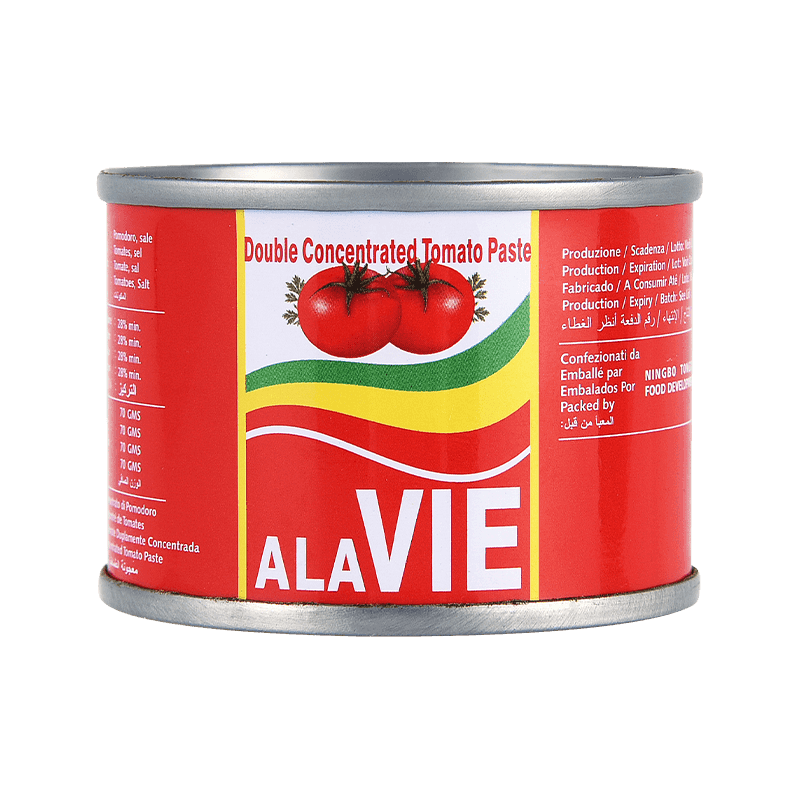
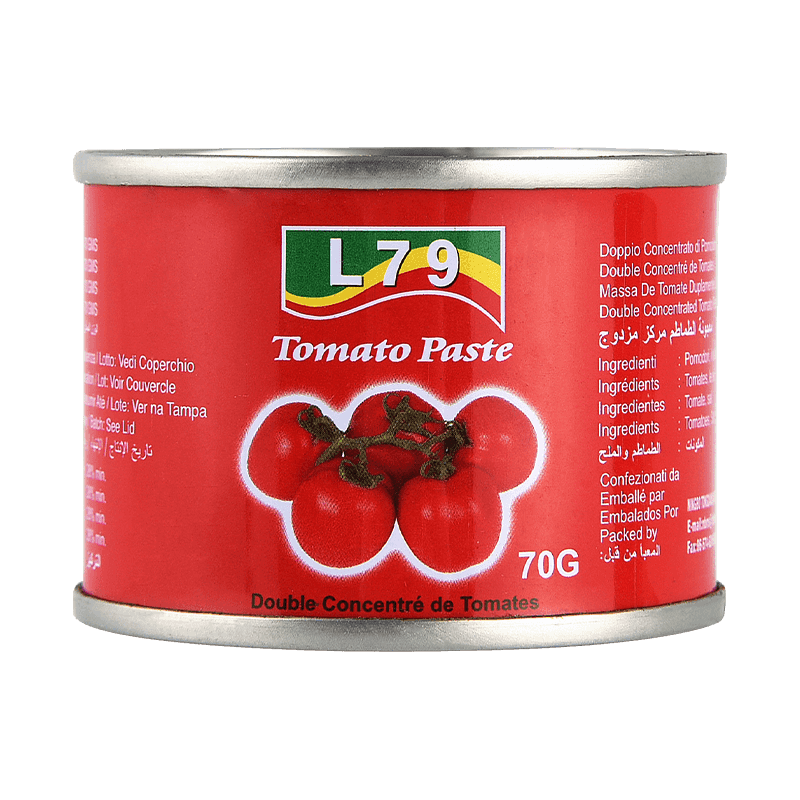
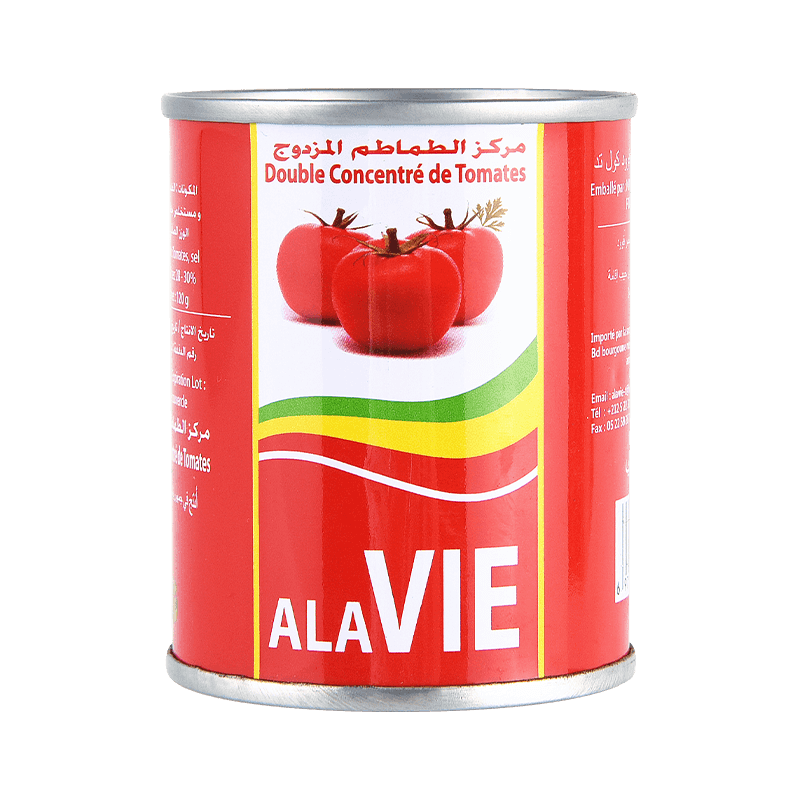
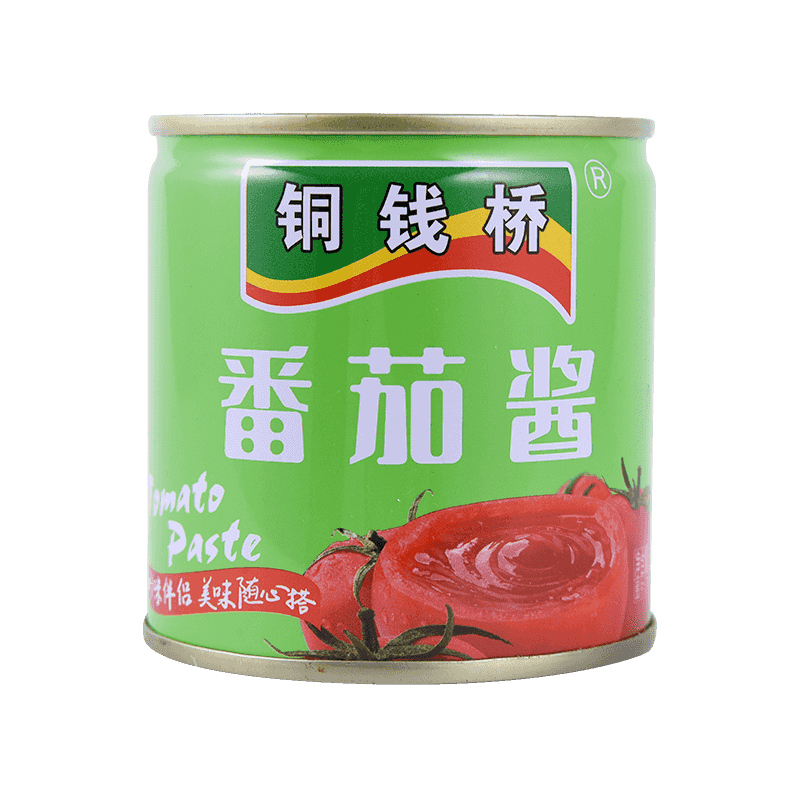
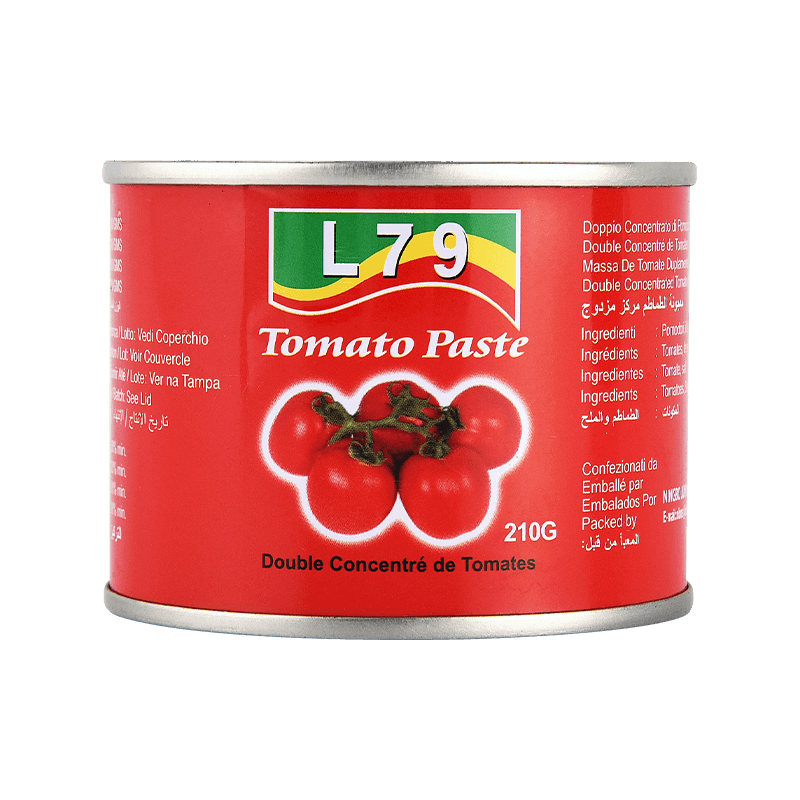
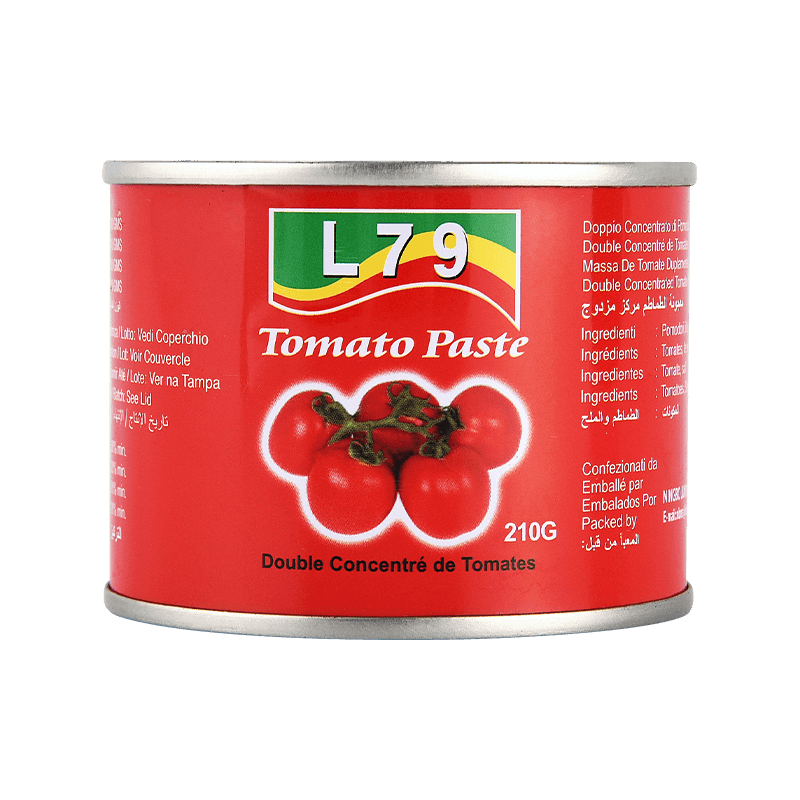
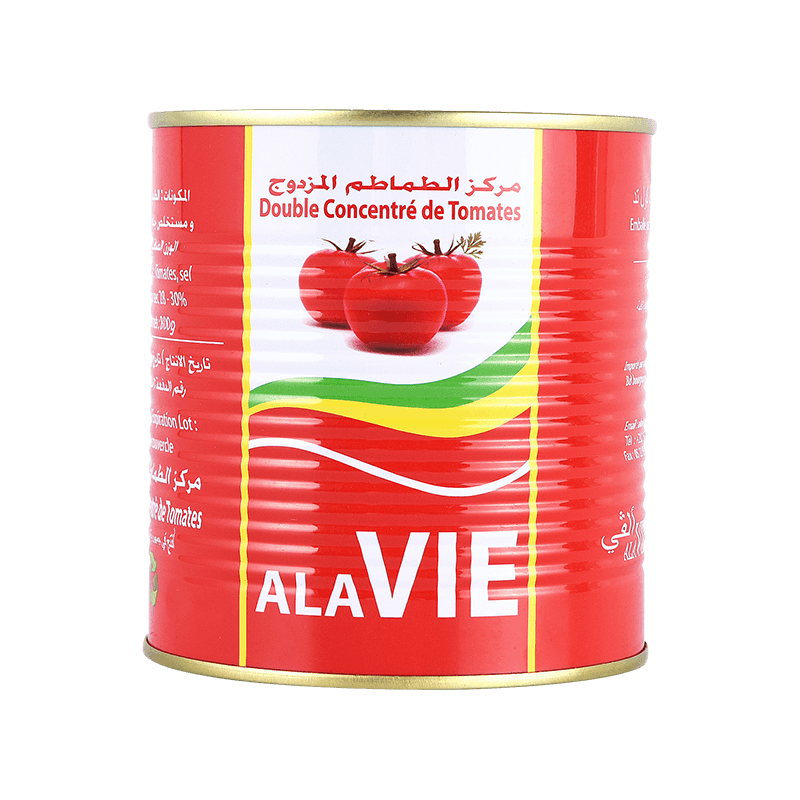


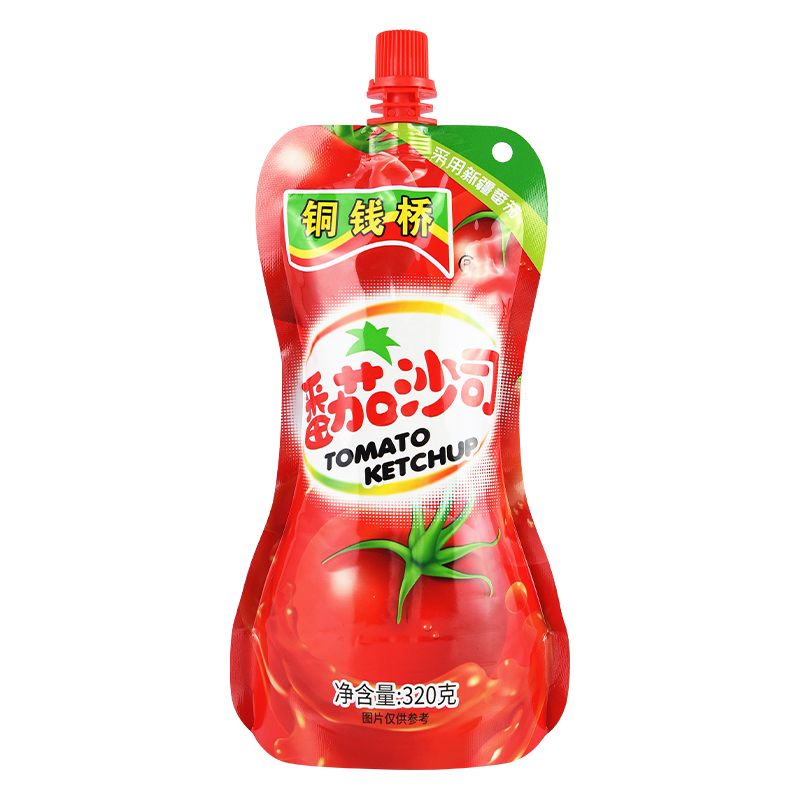
 No.1 Tongqianqiao Road, Dongpu Village, Simen Town, Yuyao, Zhejiang Province
No.1 Tongqianqiao Road, Dongpu Village, Simen Town, Yuyao, Zhejiang Province  nbms@nbtomato.com
nbms@nbtomato.com 
